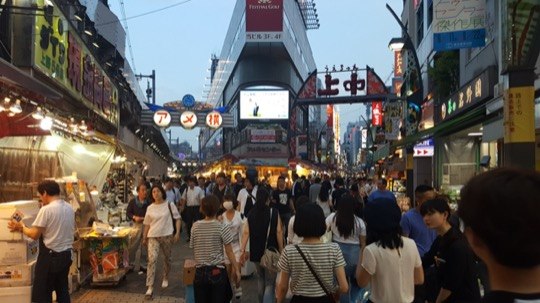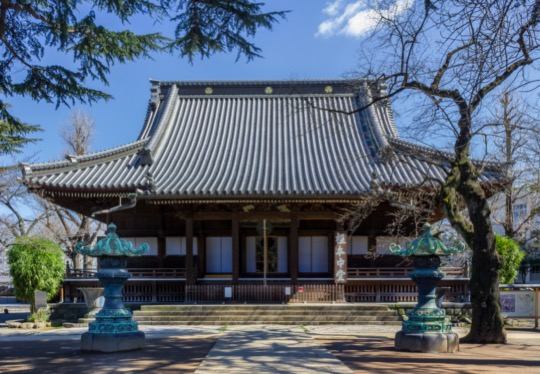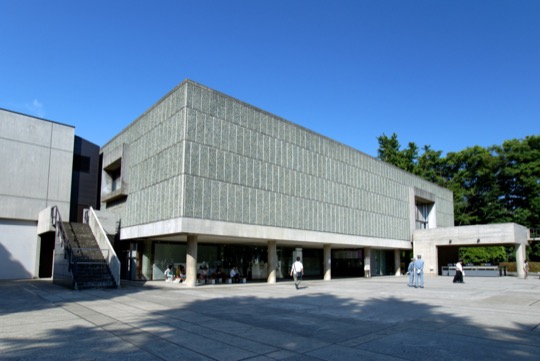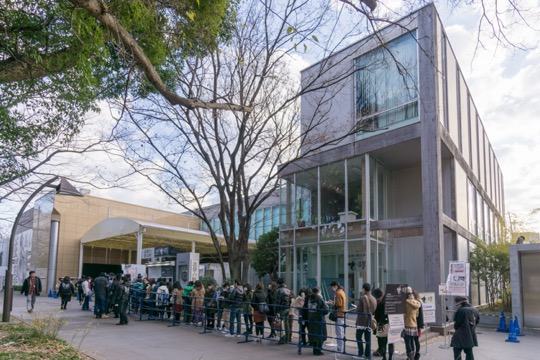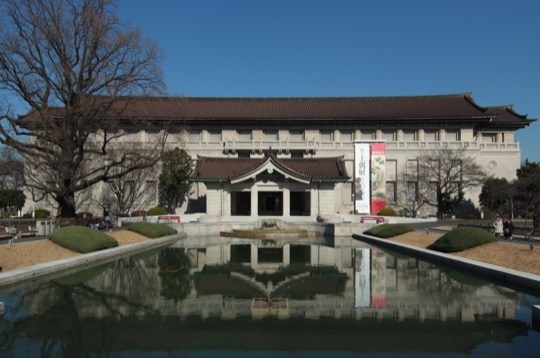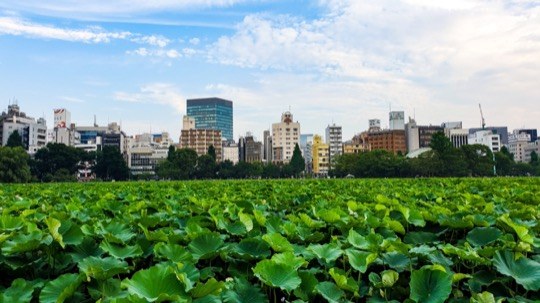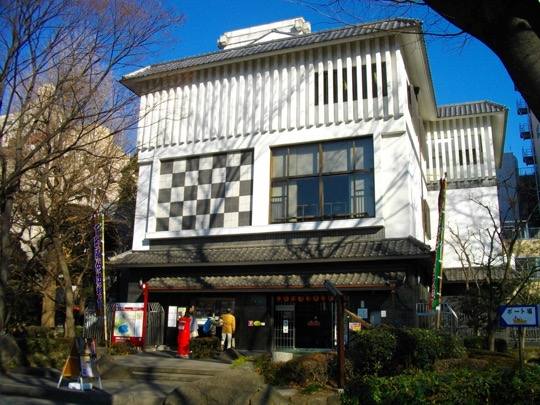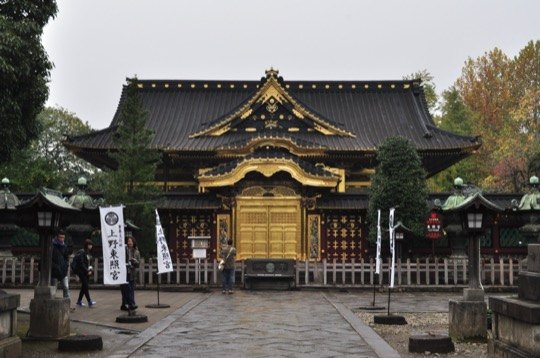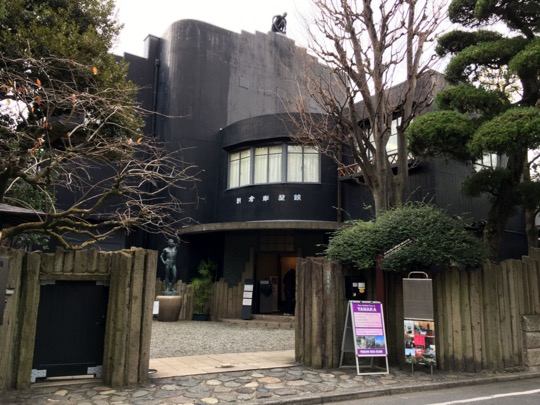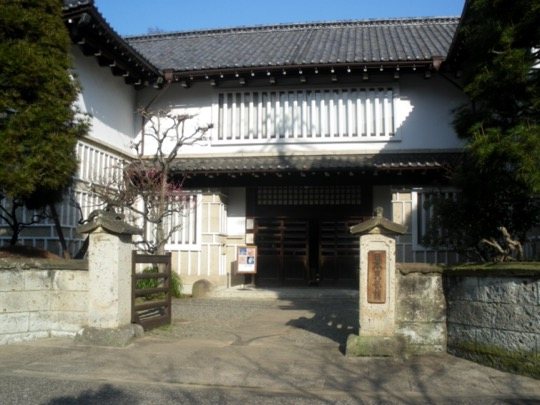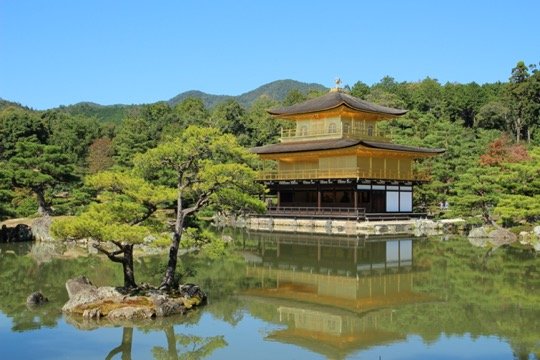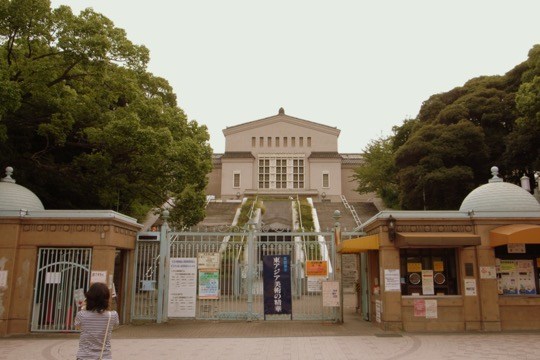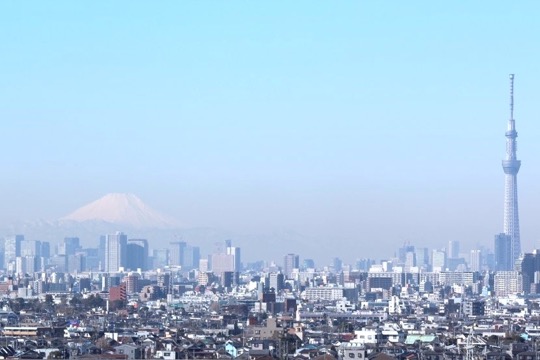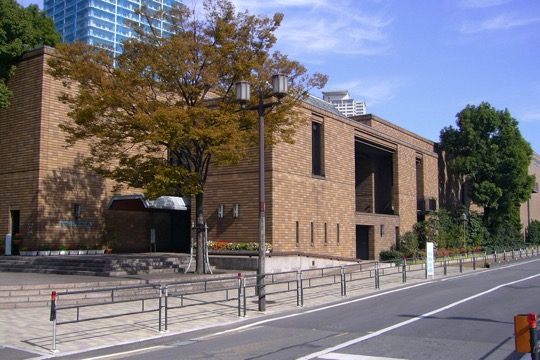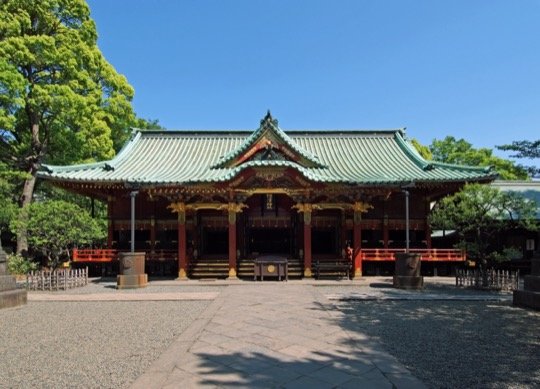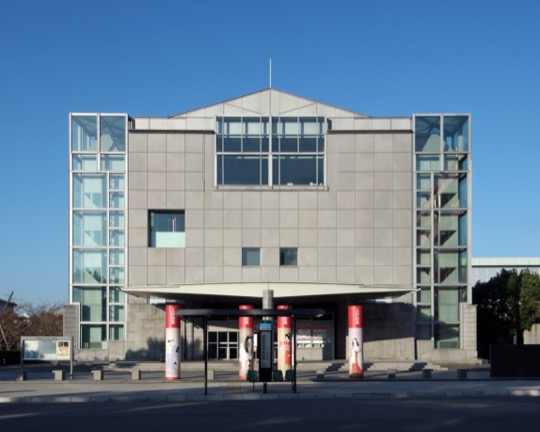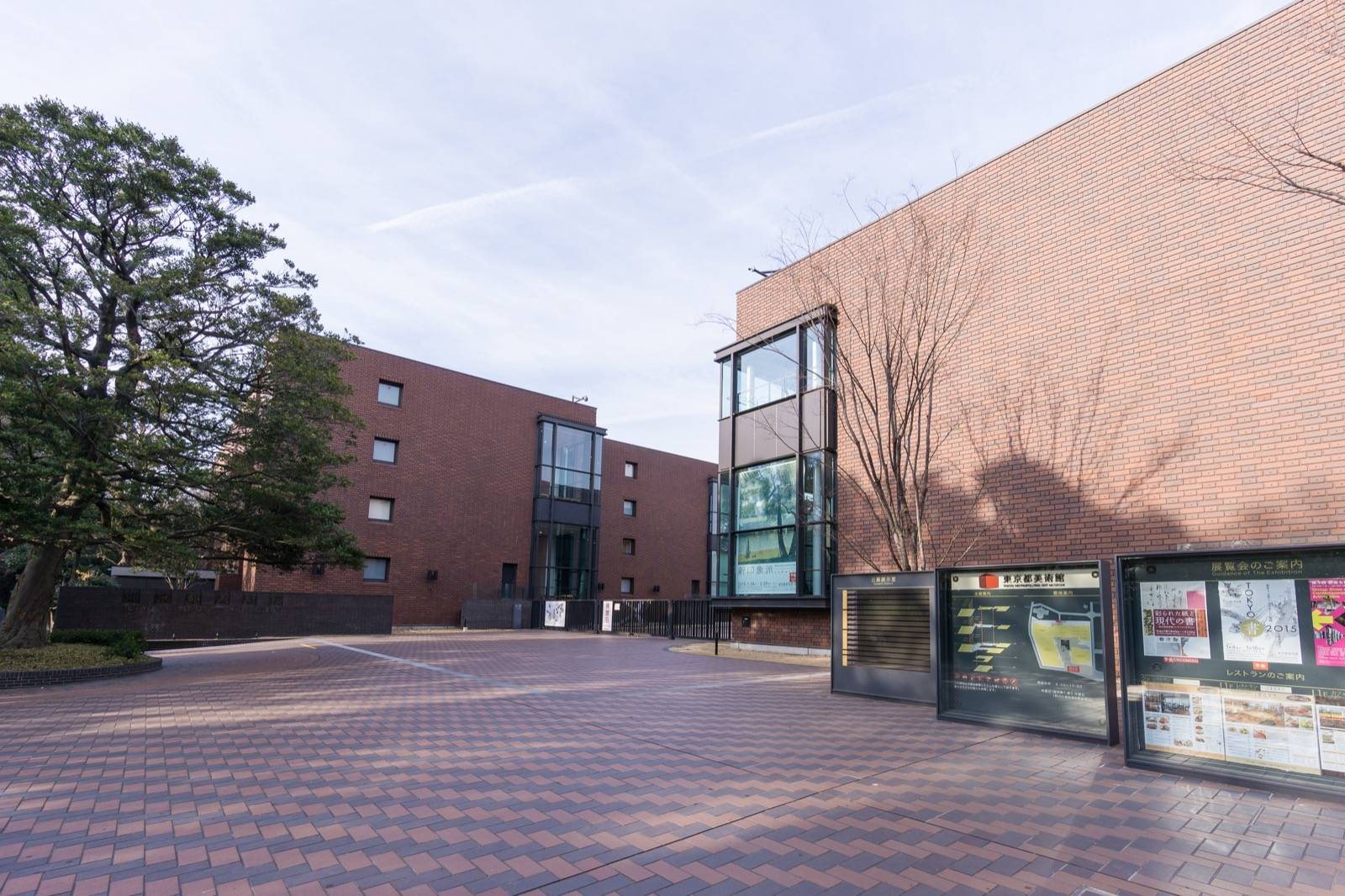
The Tokyo Metropolitan Art Museum, affectionately known as ‘Tobi’, is situated in Ueno Park and is recognized as Japan’s first public art museum since its establishment in 1926. It hosts a variety of exhibitions and focuses on art education.
On This Page
About Tokyo Metropolitan Art Museum
The Tokyo Metropolitan Art Museum, located in Ueno Park, Taito-ku, has been a key player in Tokyo’s cultural life since its inception. Originally named the Tokyo Prefectural Art Museum when it opened in 1926, it was rebranded in 1943 to reflect the city’s growth. The current building, designed by architect Kunio Maekawa, was completed in 1975 and is a notable addition to the park. The museum, colloquially called ‘Tobi’, is a cultural destination with galleries featuring modern art from Japan and around the world, including calligraphy and sculptures from the twentieth century.
The museum’s early years were influenced by discussions in art circles about the need for a modern art museum after the Meiji Restoration, resulting in the creation of a space for all artists to showcase their work. Growth in the museum’s stature and objectives led to the formation of a New Building Preparation Committee in 1968, setting the stage for the 1975 construction that expanded its collection and educational outreach.
The museum’s exhibition schedule is active, with a significant number of exhibitions annually, including major traveling and retrospective shows. For example, following a renovation in 2012, the museum hosted a well-received exhibition featuring Dutch and Flemish paintings.
Nestled in Ueno’s cultural district, the museum is surrounded by other cultural attractions, reinforcing its regional importance and supporting its educational mission. Its educational programs and the opening of a public art library (asserted to be Japan’s first) within the museum in 1976 underline its commitment to accessibility and learning.
The Tokyo Metropolitan Art Museum is a prominent place for experiencing both historical and contemporary art in Tokyo, offering a space for the community and visitors from around the world to engage with art.
Getting There the easiest way to reach Tokyo Metropolitan Art Museum
Ueno JR Yamanote Line + 3 more
Ueno-hirokoji Ginza Line
Ueno-okachimachi Toei Oedo Line
Yushima Chiyoda Line
Iriya Hibiya Line
Around Tokyo Metropolitan Art Museum
Updated 13 Mar 2024 • Report an error
